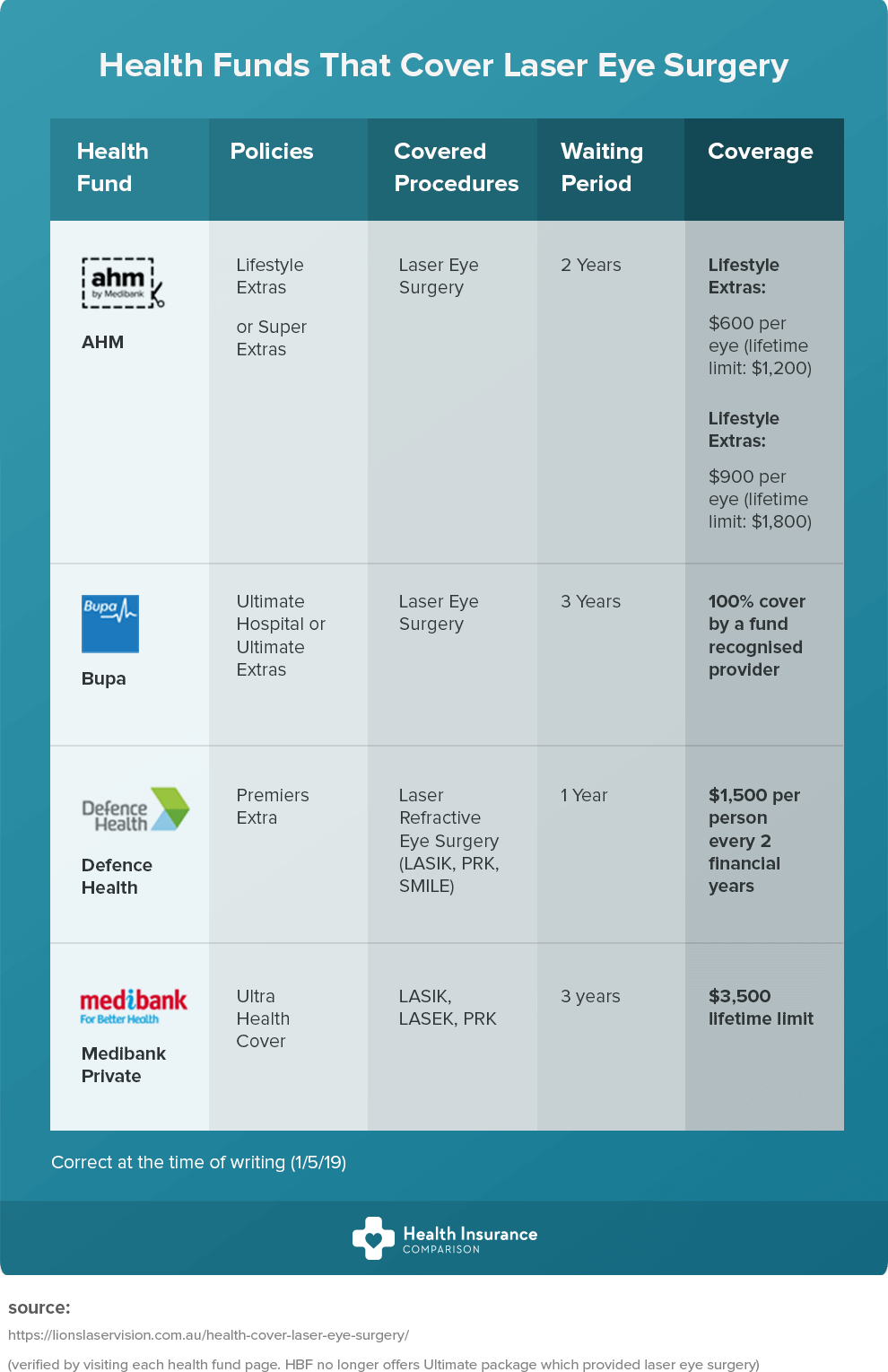Reveal The Innovative Advancements That Are Redefining Cataract Surgery, Ensuring Better Precision And Much Better Results For Those Undergoing The Procedure
Reveal The Innovative Advancements That Are Redefining Cataract Surgery, Ensuring Better Precision And Much Better Results For Those Undergoing The Procedure
Blog Article
Writer-Whitehead Sejersen
As you consider the perspective of cataract surgical procedure innovations over the next decade, it's vital to consider the transformative effect these advancements will have on client care. From refined surgical methods to advanced intraocular lens innovations and the integration of artificial intelligence, the future of cataract surgery holds assurance for enhanced precision and improved outcomes. Keep tuned to discover just how these advancements will form the landscape of ophthalmic surgery and redefine the standard of care in the years to come.
Advanced Surgical Techniques
When it comes to cataract surgery, advanced surgical methods have changed the means this typical treatment is done. With what is the new lens for cataract surgery of phacoemulsification, a minimally intrusive treatment, specialists can currently make smaller sized incisions, leading to quicker recovery times and reduced risk of issues. This technique makes use of ultrasound to break up the over cast lens, which is after that removed with a tiny probe.
Additionally, the use of femtosecond laser modern technology has boosted the precision of cataract surgical treatment by helping in creating specific cuts and softening the cataract for much easier removal.
Moreover, the advent of intraocular lenses (IOLs) that remedy astigmatism and presbyopia during cataract surgery has additionally boosted individual outcomes. These advanced lenses can deal with refractive mistakes, lowering the demand for glasses or contact lenses post-surgery. Surgeons now have the ability to customize the option of IOL to every person's distinct visual needs, ensuring an extra tailored and gratifying result.
Next-Generation Intraocular Lenses
Advancing past traditional intraocular lenses, next-generation intraocular lenses (IOLs) represent a considerable breakthrough in cataract surgical procedure innovation. cataract surgery 8 provide various advantages, such as improved aesthetic end results and minimized dependency on glasses post-surgery.
Next- simply click the following site are made to address common issues like astigmatism and presbyopia, providing patients with clearer vision at multiple distances. Some newer versions also have the capability to filter harmful blue light, which can be valuable in today's digital age.
Moreover, these sophisticated lenses use improved durability and security within the eye, minimizing the risk of complications and the demand for extra treatments.
With personalized options available, specialists can currently customize the choice of IOL to every patient's special visual requirements and way of living choices. By integrating advanced products and designs, next-generation IOLs aim to maximize visual acuity and general complete satisfaction following cataract surgery.
Welcoming these developments makes sure that clients can expect more clear, extra comfy vision in the years ahead.
Artificial Intelligence Assimilation
Expert system (AI) integration in cataract surgery represents a cutting-edge advancement that's revolutionizing the area. By incorporating AI formulas right into preoperative planning, intraoperative assistance, and postoperative monitoring, specialists can achieve extraordinary degrees of accuracy and performance.
AI systems analyze information from analysis tests to help in the choice of the most appropriate intraocular lens power and medical technique customized per patient's distinct eye composition. Throughout surgical treatment, real-time comments from AI algorithms boosts decision-making, guaranteeing ideal results.
Postoperatively, AI-powered monitoring devices find early indicators of complications, allowing prompt interventions to avoid vision-threatening issues. With AI integration, cataract surgical treatment comes to be safer, much more tailored, and consistently reproducible.
As AI technology remains to develop, it holds the guarantee of further boosting medical outcomes, minimizing issues, and expanding access to high-grade eye care for clients worldwide. Welcoming AI in cataract surgery isn't simply a pattern yet a transformational leap into the future of sensory development.
Conclusion
In the next years, you can look forward to advanced advancements in cataract surgical treatment. With sophisticated strategies, enhanced lenses, and AI assimilation, your vision outcomes will be much more precise and reliable. These developments will certainly cause quicker healings, lowered threats, and boosted lifestyle. Prepare yourself for a future where cataract surgical procedure is even more optimized for your benefit.
